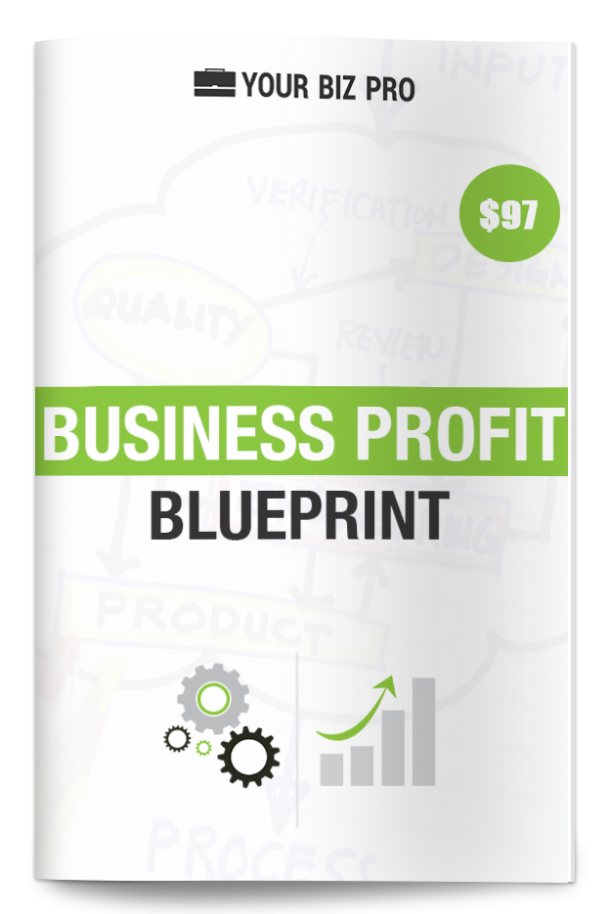Please understand this is a metaphor to help aid understanding of how various elements of the marketplace are interrelated, which is essential for developing a successful strategy or deciding on a tactic. It does not reflect my actual views on consumers. In fact, my personal belief is the end use customer deserves the greatest respect and rightfully has more influence on the success of a company than at any time in history. I hope this conceptual framework helps you to better understand your marketplace, so you can approach your business strategically and lead effectively.
The foundation of this metaphor is a jungle ecosystem. Initially I came up with this to help an extremely capable assistant product manager grow into a product manager, which requires being able to anticipate likely scenarios at least 18 – 24 months into the future, and to estimate the near and long-term impacts of decisions you are making today. Not sure how or why a jungle ecosystem came to mind because I grew up in Brooklyn, NY, and venturing a few miles into a state park is about as in touch with nature as I’ve ever been. Yet it was effective, and I still use it as both a coaching tool and a framework to help ensure I am thinking things through sufficiently myself.
In the marketplace ecosystem, you would look at Manufactures or Brands as the predators. We predators (assuming it is a Brand you are starting or growing) hunt in packs. The packs consist of sales and marketing people, working as a unified team throughout the marketplace (yes, they should be a unified team – perhaps that can be the subject of another article…). The end use consumers are our food (The motto of the president of a company I once worked for was, “no sales, no eat” and that is ridiculously literal in this metaphor). Therefore, the consumers’ behaviors and motivations need to be studied, tracked (because they change over time), understood, anticipated, and influenced. This is done primarily via marketing and market research. Taking the metaphor to the extreme, the ideal would be driving a consumer herd over a cliff where the sales people are waiting for them – to bring in some Malcolm Gladwell: taking them through a tipping point so we have tremendous momentum. However, “picking them off” individually or in groups works just as well; especially in premium or luxury segments.
Our competitors are the other predators. They also need to be studied, tracked, understood and influenced. The influence here needs to be indirect (to avoid anti-trust issues), and preferably surreptitious. Obviously, if they realize you are trying to influence their behavior, it is unlikely to be effective. However, it is essential to keep in mind that they are studying and tracking us as well. Therefore, any action we take is likely to provoke a reaction. This is essential to keep in mind.
If you shift your promotional strategy, a reaction is likely. When you launch a new product, they will be the first purchasers and will aggressively reverse engineer it. Therefore, it is essential to keep your strategy and plans confidential to maximize marketplace advantage. It is also worth considering that there may be benefits to indicating you plan to take an action which you actually have no intention of taking, in certain circumstances.
Viewing it from the other side, if we are not sufficiently aware of the activity and motivations of our competitors, in this metaphor, they might wound or kill us. Note that there are also times you should not react. For example, one of my maxims is “never start or enter a price war you are not prepared to win”. As predators, if we are more clever than they are, or if they make mistakes, it will drive more prey to us.
The sales channel is the terrain (usually I visualize it as the jungle in which we live and hunt). You need to know the terrain well, and bend it to your needs as much as practical. This is most often accomplished via sales and marketing. However, it is also critical that you understand the strategy and direction of each channel element (a particular retailer, for example), and align the presentation of your strategy with the channel’s. Similarly, you need to understand the motivations and objectives of the buyer or other decision makers in the channel, and demonstrate the alignment to their needs as well. Of course, different types of consumers shop the various channels in varying amounts of abundance.
This part of the ecosystem is constantly changing, and you need to remain aware of where which types of consumers are most abundant and how best to capture them in each part of the landscape. Of course, the “channel” also includes selling direct to consumers online, or via brand stores. If you are just starting out, direct to consumer is the best first strategy. Once you have proven demand and refined the marketing tactics for reaching the right consumers, securing favorable distribution becomes much easier. If a potential channel partner suggests you “test it online” with them, the best answer is “no thank you”. Personally, I believe it is best to only allow channel partners who are displaying your merchandise to sell it online, and to ensure that your own online activities do not directly compete with your channel partners.
The macroeconomic environment is the weather, which can influence the abundance of food and our ability to get it. When the overall economy is booming in your market, a wide variety of food is abundant throughout the land. However, most of the time things vary a lot from place to place; even within a single country. This fact becomes easy if you track local real estate cycles (all sectors). Everything is cyclical, and the cycles are generally around 10 – 15 years. Your strategies and tactics need to vary with the climate because you can’t successfully hunt moose in the desert (or so I have heard). Keeping aware of key economic indicators and the leading indicators for your business are essential. Understanding how they vary in different segments of the market enhances your ability to thrive. One often overlooked and essential consideration in the US market is the cost and availability of credit. Variations in credit cost and availability can have significant impacts on consumer and business behavior. In fact, I believe these factors will also have a significant impact on the US retail channel in 2018.
The technology and regulatory landscapes are evolutionary forces which can either wipe out a species (one which can’t adapt quickly enough) or help it thrive (if we adapt quickly, or anticipate the change and take pre-emptive action). On the technology side, many businesses are being disrupted by the “virtualization” made possible by advances in computing power and communications technology. Certainly, a regular “war room” exercise examining the many ways your current business can be disrupted is recommended. Another best practice is to read science and technology journals to remain aware of new technology, and to allocate some time to considering potential future applications of the technology to your business. This includes direct application of a technology to improve your business, and the potential for new technology to enable non-traditional competitors to begin to compete with you. Examples of technology enabling non-traditional competitors include Uber competing with taxi and limo services, and Amazon or Netflix competing with television networks and studios.
On the regulatory side, an easy example is FDA approval of a drug. Similarly, many believe the recent FCC decision to abandon Net Neutrality may be devastating to some businesses and prevent others from even getting started. Trade laws are another significant, and current example. Trade laws may be changed, or even used as a weapon by companies who favor attorneys over engineers. Likewise, a key component of a product may be deemed harmful, perhaps seemingly overnight for those who are not paying sufficient attention. The point here is that the technology and regulatory landscapes are critical factors that can a massive impact on any business. Therefore, it is essential to keep informed and ahead of the curve as much as practical.
As you know from your experience, the interactions and relationships between all aspects of the global economy have significant impacts locally. Every year, it seems the importance of considering the entire ecosystem in strategic planning becomes more evident. Hopefully, you will find the ecosystem metaphor useful in profitably growing your business.
Would love to hear about your strategic framework.


